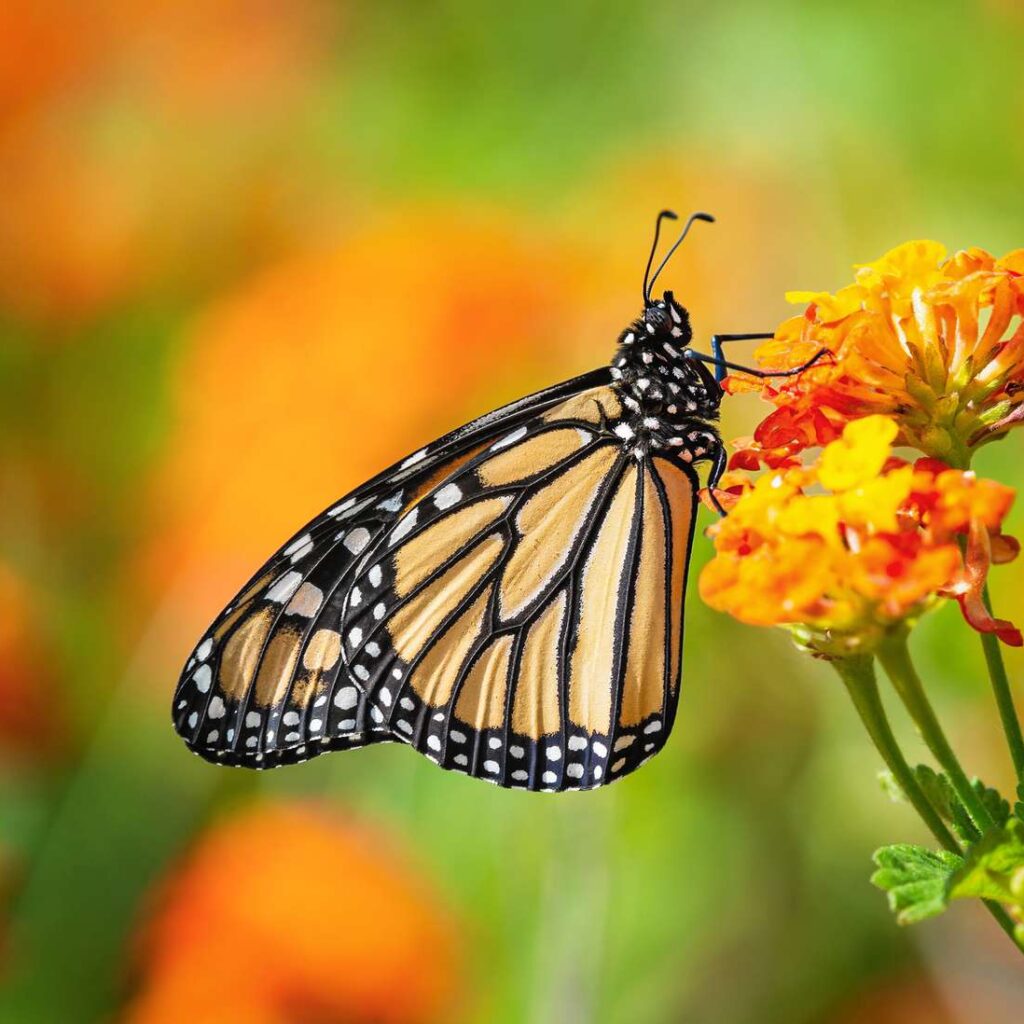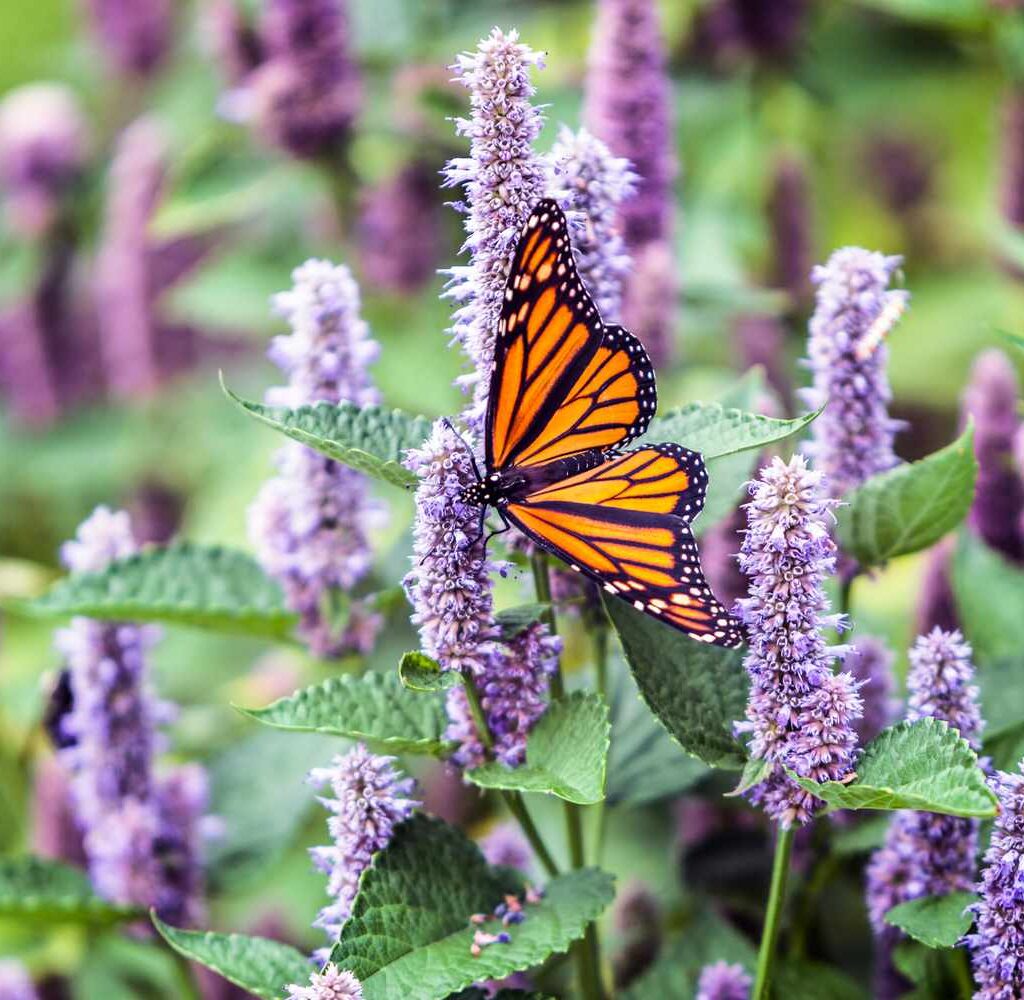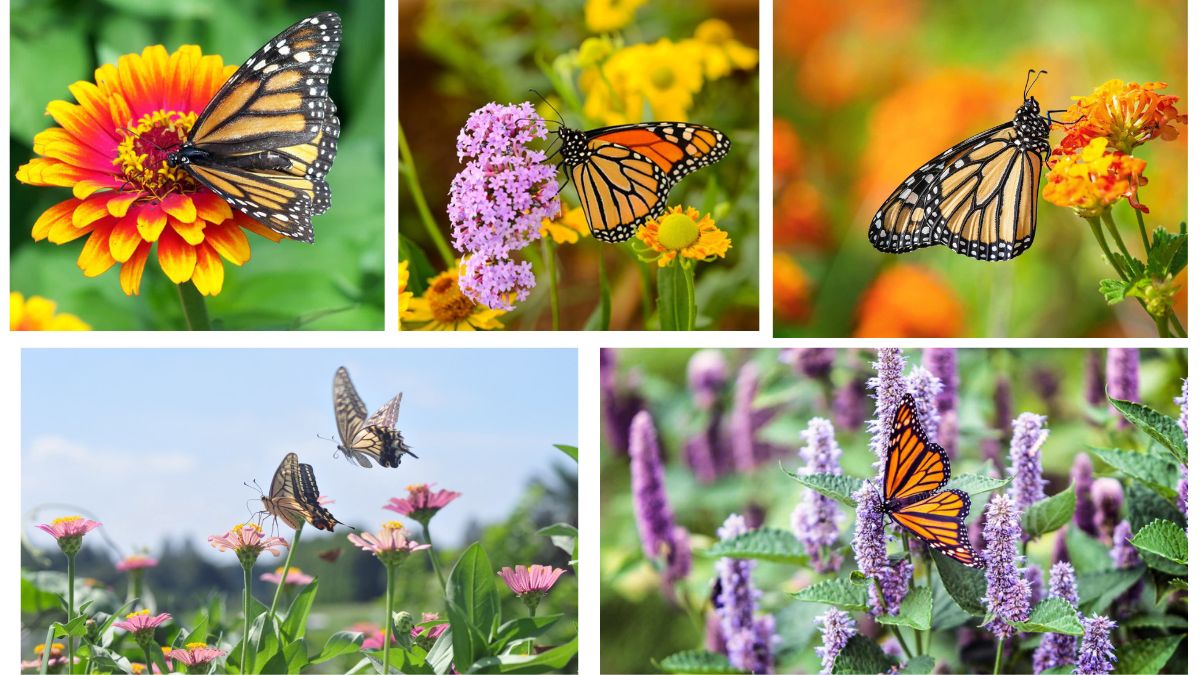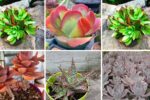Butterflies are among the most enchanting visitors to any garden. Their delicate wings, vivid colors, and graceful movements bring life, beauty, and a sense of tranquility to outdoor spaces. Beyond their visual appeal, butterflies also play a vital role in the ecosystem as essential pollinators, helping plants reproduce and maintaining biodiversity.
However, with increasing urbanization, habitat loss, and the widespread use of pesticides, butterfly populations around the world are in decline. Gardeners can play a significant role in reversing this trend by creating spaces that provide food, shelter, and safe breeding grounds for these gentle pollinators.
In this article, we’ll explore how you can make your garden more butterfly-friendly with practical, eco-conscious tips and detailed advice for cultivating a vibrant, inviting haven for butterflies.
Plant Native, Nectar-Rich Flowers

The foundation of any butterfly-friendly garden is a generous supply of nectar-rich plants. Butterflies rely on nectar for energy, and they are naturally drawn to flowers with bright colors and accessible blooms.
Why Native Plants Matter:
- Native plants have co-evolved with local butterfly species.
- They require less maintenance and water once established.
- They offer the ideal nectar and pollen sources for regional butterflies.
Best Native Flowers for Butterflies:
- Milkweed (Asclepias spp.): Essential for monarch butterflies.
- Coneflower (Echinacea spp.): Long-blooming and nectar-rich.
- Bee Balm (Monarda spp.): Fragrant blooms in various colors.
- Black-Eyed Susan (Rudbeckia hirta): A hardy, sunny perennial.
- Goldenrod (Solidago spp.): Late-season nectar source.
Tip:
Choose plants with staggered blooming times to provide continuous nectar from early spring through late fall.
Provide Host Plants for Caterpillars

While adult butterflies need nectar, their larvae (caterpillars) require specific host plants to feed on. Many butterfly species are selective and will only lay their eggs on particular plants.
Why Host Plants Are Crucial:
- Without them, butterfly populations cannot complete their life cycle.
- Caterpillars feed exclusively on host plant leaves before pupating.
Common Host Plants:
- Milkweed: Monarch butterfly caterpillars.
- Parsley, Dill, Fennel: Swallowtail butterflies.
- Passionflower (Passiflora spp.): Gulf fritillary butterflies.
- Violets: Great spangled fritillary caterpillars.
Tip:
Tolerate a little leaf damage — it’s a sign your garden is supporting butterfly life cycles.
Avoid Chemical Pesticides and Herbicides

Butterflies and their larvae are extremely sensitive to pesticides and herbicides, even those labeled as organic or eco-friendly.
Harmful Effects:
- Pesticides can kill caterpillars, eggs, and nectar-providing insects.
- Herbicides remove essential host and nectar plants.
Solution:
Adopt organic gardening practices such as:
- Encouraging beneficial insects like ladybugs and lacewings.
- Hand-picking pests when necessary.
- Using natural sprays like neem oil only when absolutely needed and away from butterfly plants.
Offer Shelter and Resting Areas

Butterflies need safe places to rest, roost, and seek refuge from wind, rain, and predators.
Ideal Shelter Options:
- Dense shrubs and native trees.
- Tall grasses and perennial flower clumps.
- Rock piles or wood logs for basking in the sun.
Tip:
Arrange your plants in groups or layered planting beds to create natural windbreaks and safe hiding spots.
Provide Water and Mud Puddling Stations
Like all living creatures, butterflies need water to survive. They also seek minerals from moist soil, a behavior known as puddling.
How to Provide Water:
- Place shallow dishes or plant saucers filled with damp sand and pebbles.
- Create small puddling areas with moist mud patches.
Tip:
Add a pinch of salt or natural minerals to your puddling stations to attract more butterflies.
Choose Bright Colors and Open Blooms

Butterflies are visually drawn to vibrant, open-faced flowers where nectar is easily accessible.
Favorite Colors:
- Red
- Yellow
- Orange
- Pink
- Purple
Best Flower Shapes:
Flat or clustered flowers like zinnias, marigolds, cosmos, and lantana provide easy landing platforms.
Plant in Sunny, Sheltered Spots
Butterflies are cold-blooded and rely on external heat to stay active. They prefer sunny areas sheltered from strong winds.
Ideal Conditions:
- Full sun for at least 5 to 6 hours a day
- Plant beds oriented away from harsh prevailing winds
- Basking spots like flat rocks for warming up
Tip:
Avoid heavily shaded corners and windy ridgelines for your butterfly garden.
Grow Herbs That Butterflies Love
Many common culinary herbs double as excellent nectar or host plants for butterflies.
Recommended Herbs:
- Lavender
- Mint
- Oregano
- Chives
- Thyme
- Basil
- Parsley (host plant for swallowtail caterpillars)
Tip:
Let some of your herbs flower to attract butterflies and other pollinators.
Use Organic Mulches and Natural Materials
Butterflies and their larvae are sensitive to synthetic chemicals found in many mulches and landscaping materials.
Better Alternatives:
- Organic straw, shredded leaves, or compost mulch
- Untreated wood chips
- Natural stone borders
Tip:
Keep a portion of your garden a bit wild and untidy — fallen leaves and plant debris offer excellent cover for overwintering butterflies and chrysalises.
Educate and Involve Your Community
Encouraging neighbors and local schools to plant butterfly-friendly gardens can create interconnected habitats for migrating and local butterfly populations.
Community Benefits:
- Supports larger populations of beneficial insects
- Improves biodiversity
- Raises awareness about conservation
Tip:
Label your butterfly plants and share plant cuttings or seeds with friends to spread the movement.
Conclusion
Creating a butterfly-friendly garden is a deeply rewarding way to support biodiversity, promote ecological balance, and beautify your outdoor spaces. By planting nectar-rich flowers, providing essential host plants, avoiding harmful chemicals, and offering water, shelter, and sunny basking spots, you’ll turn your garden into a sanctuary for butterflies and other beneficial pollinators.
Not only will your garden come alive with color and activity, but you’ll also be playing a valuable role in preserving these delicate, essential creatures for future generations. So, whether you have a small balcony or a sprawling backyard, start planting for butterflies today — and let nature’s winged wonders grace your space with their enchanting presence.





